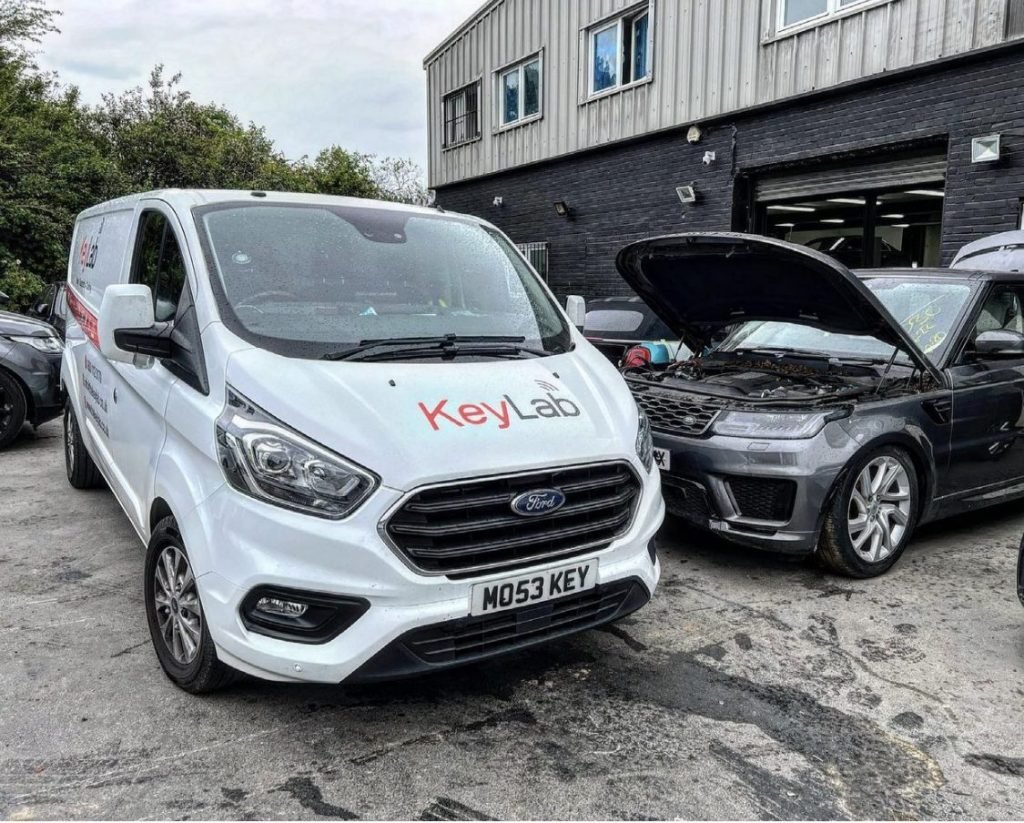Key Fob Replacement for the Seat Ibiza
The refreshed fifth-generation Ibiza is an attractive contender in the supermini segment. It competes against the Renault Clio, Peugeot 208 and Ford Fiesta.
With a thumb nail, or a small screwdriver with a flat-headed head (A) lift upwards the key fob battery compartment cover (B). Replace the CR2025 batteries, making sure it is placed in the correct direction.
Dead Coin Battery
The most frequent reason for a key fob to not allow you to lock or unlock your vehicle is a dead coin battery. When it is dead you will notice the decrease in range or no power. It is simple to replace it with a new (CR2025) one at your local grocery store. Be aware that defective or defective batteries could damage the key fob. Make sure that the new battery has identical in size, specifications and voltage as the older one.

If your device was exposed to clean water like rain or soapy tap water, it is possible that the chip inside has been damaged due to corrosion. You can try cleaning the chip with alcohol or an electronic cleaner to test if it helps, but it is more likely that the chip is damaged.
The most straightforward solution is to get an entirely new key fob. They are available at most major car dealers and are installed by a qualified mechanic. You can also purchase them online, for example on eBay. It is best to work on a surface with good lighting. This will make it easier to work on the tiny parts inside. This will also help you to avoid putting anything back into the wrong place. Always keep the key fob in a secure and safe space.
Water Damage
If your fob's key gets soaked by dropping it in the pool or slipping it in the washing machine you might think that it's gone but there's still hope. When the circuit board inside the fob is exposed to water, it becomes an electrical conductor, which shorts the components. It also increases corrosion and rust.
Fortunately, this is easy to fix. Find something absorbent to put inside the fob. A paper towel or tissue will work well. Then make use of a cotton swab that has been soaked in isopropyl ethanol to wipe down the circuit board and other components to clean out any battery acid residue or contamination. Let the fob air dry in a dry, warm environment for a few weeks.
When the fob has dried out it is time to replace the battery another one of the same size and the same polarity ('+' that is pointing upwards). It isn't easy to open up the fob in order to access the battery, but if have a small screwdriver with a flat head available, it should be able to slide into easily. Once the fob has been rebuilt, it should operate just as normal. If it does not work it may be necessary to re-program it or replace the module.
Radio Interference
When a key fob working correctly, it sends a radio frequency signal that is interpreted by the receiver module in your car. If replacement seat car key is interrupted the key fob will not work. This can be caused by objects or weather conditions, or other transmitters that operate at the same frequency close to your car.
This could cause your key fob to not activate the car's systems, such as the ignition switch or the security system. In this scenario it is recommended to replace the battery on your key fob.
A few LED lights that are aftermarket and uses the same frequency as a remote key fob can interfere with the signal and stop it from reaching the receiver modules. The LED's lighting needs to be turned off or switched to a different frequency in order to be able to avoid interference.
If you've just replaced the battery in your key fob and the problem persists, it is possible that the key fob's antenna is damaged or inoperable. The antenna is responsible to transmit a signal between the key fob and the receiver module. Using an OBDII scanner can help diagnose this issue by revealing what's wrong with the system. The scanner will ask you for details about your car including the make, model engine type, and VIN number.
Faulty Receiver Module
The key fob features a receiver module which transmits signals to lock and unlock the key fob. If this module develops a fault and the on-board electronic components will stop functioning. Reprogramming the keyfob using an OBDII scan, or replacing it can help.
This problem could be caused by a dead coin cell battery or a water damage or signal interference. You can try resetting the on-board computer by disconnecting the 12 volt battery for 15 minutes. This will drain any residual electricity that could be causing issues. Remove the cable first from the negative terminal, then from the positive terminal. After 15 minutes, connect the battery in reverse order first, positive second.
Water or dirt can also cause damage to the internal chip of the key fob. If your key has stopped working when it was wet, clean the electronic component with isopropyl Alcohol or an electronics cleaner before reinstalling the battery. If it has stopped working after exposure to salty or soapy water the chip could be damaged and must be replaced.
Another possibility is a faulty antenna module fuse that transmits the lock or unlock signal to the vehicle. The fuse could be found in various places, based on the type of vehicle. For instance it could be located under the rear seat, or in the trunk, or on the side of the dashboard.
